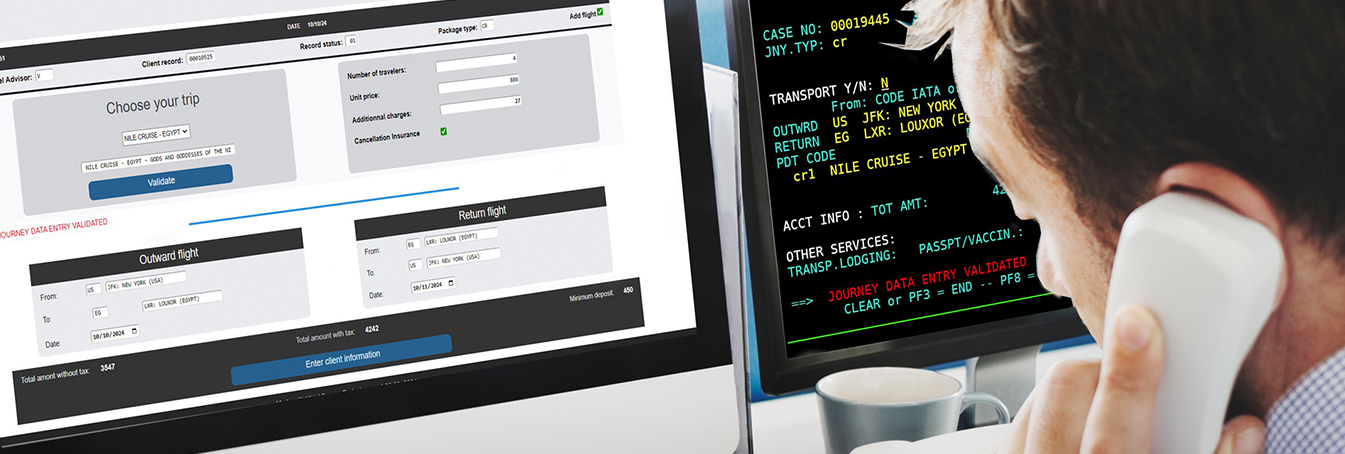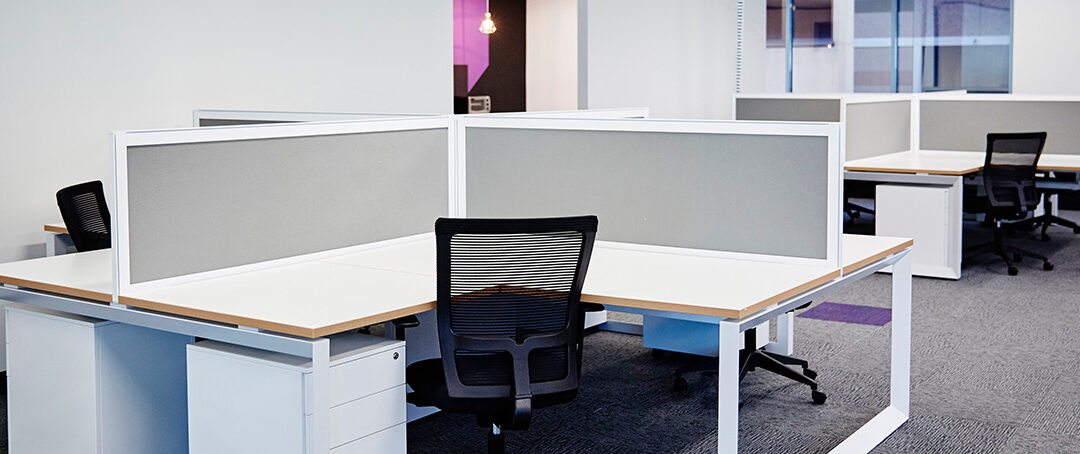Marsh McLennan’s journey to transform a crucial 3270 application into a modern web interface
Modernizing business applications is a critical need for many large enterprises that rely on these powerful legacy systems for their core operations. This blog post highlights a real-world success story of mainframe user interface (UI) modernization for Marsh McLennan, a global leader in insurance brokerage and risk management.
The Challenge
Eurosys, an in-house developed platform used by Marsh McLennan for more than three decades, was an extremely reliable mainframe solution, integrating tailored processes to meet the company’s evolving insurance business requirements. It is highly valued for its functionality, performance, and security. However, it relied on a character-based 3270 green screen interface that was cumbersome, difficult to learn and use, and lacked the intuitive features and navigation capabilities that modern UIs offer.
There was a growing demand for a more modern interface by the Eurosys users to improve usability and productivity, and to reduce errors and re-work. A complete system overhaul was daunting and costly, risking the performance of the current system. The cost, effort, and risk of replacing or reengineering such a critical business system was just too great. Marsh McLennan needed a solution to improve the usability of the Eurosys platform without disrupting critical business processes.
The Solution: A Non-Disruptive Modernization Approach
Marsh McLennan sought a solution to modernize the Eurosys 3270 CICS application interface while maintaining the core functionality of the company’s existing mainframe system. The chosen solution needed to transform the outdated green screens into a modern web interface without changing the underlying application code or interrupting the continued use of the legacy system.
The new approach had to be easy to learn and use, allowing a team to create the new interface without needing specialized web development skills. It also needed a self-directed rollout, allowing mainframers to implement and adopt the new interface at their own pace.
Finally, the desired solution needed to support an adaptable implementation, incremental development and deployment, seamless integration, and sophisticated screen customization capabilities – all without compromising Eurosys performance and security. Marsh McLennan selected Virtel Screen Redesigner (VSR) because it fulfilled all these requirements.
The Implementation Process
In collaboration with the VSR team, Marsh McLennan held training sessions for a small mainframe team, using the modernization of actual Eurosys screens to learn how to use VSR most effectively. The user-friendly tool allowed quick iterations with test users, improving on design elements along the way. VSR’s unique architecture supports the concurrent use of both modernized and traditional 3270 green screens. The company was able to selectively update screens, focusing on frequently used ones first and gradually addressing less common ones later.
This approach provided crucial development and deployment flexibility. Ultimately, it led to a unanimous transition to modernized screens by all users. More than 1600 Eurosys 3270 screens were modernized in a few months. The final product has been met with enthusiasm throughout the Marsh McLennan organization.
The Benefits
Marsh McLennan identified 4 major organizational benefits from modernizing the Eurosys 3270 user interface:
Improved User Experience
With the modernized interfaces, employees experienced a significant improvement in Eurosys usability. New, intuitive web-based UIs featuring dropdown lists, checkboxes, radio buttons, and more reduced the learning curve for new and infrequent users. VSR also improved overall user productivity and satisfaction.
Increased Efficiency
The streamlined interfaces enabled employees to perform tasks more efficiently, reducing the time required to complete routine operations. Real-time validation and improved data entry minimized errors and re-work, further boosting productivity.
Cost Savings
Marsh McLennan avoided the substantial costs, effort, and risks associated with replacing or reengineering the Eurosys system. The VSR no-code approach reduced development, deployment, and maintenance time and costs.
Enhanced Security
VSR ensured the modernized interfaces maintained robust security measures. Single Sign-On (SSO) capabilities and encrypted user session data transmission protected sensitive data and ensured compliance with industry standards.
In Conclusion
Marsh McLennan’s successful modernization of its mainframe 3270 interfaces exemplifies the transformative potential of non-invasive, no-code solutions. By leveraging VSR, the organization improved their user experience, increased operational efficiency, and achieved significant cost savings — without disrupting critical business operations.
Emphasizing modern standards and designs in internal platforms is crucial. A solution like VSR can significantly enhance the usability of legacy applications by aligning with current technology trends. It also serves as a powerful complement to broader modernization initiatives, such as hybrid cloud integration, data analytics, API integration, AI implementation, etc.
By focusing on user interface modernization, new user interfaces improve immediate usability and strengthen the foundation for other critical modernization efforts. VSR is now an integral part of the Marsh McLennan strategy to future-proof their mainframe systems.
User interface modernization goes beyond design; it’s a key component of a comprehensive transformation that elevates mainframe applications into fully web-enabled platforms seamlessly aligned with today’s standards.
To read the full testimonial click here
To watch Marsh’s testimonial video click here
To download VSR datasheet click here









0 Comments